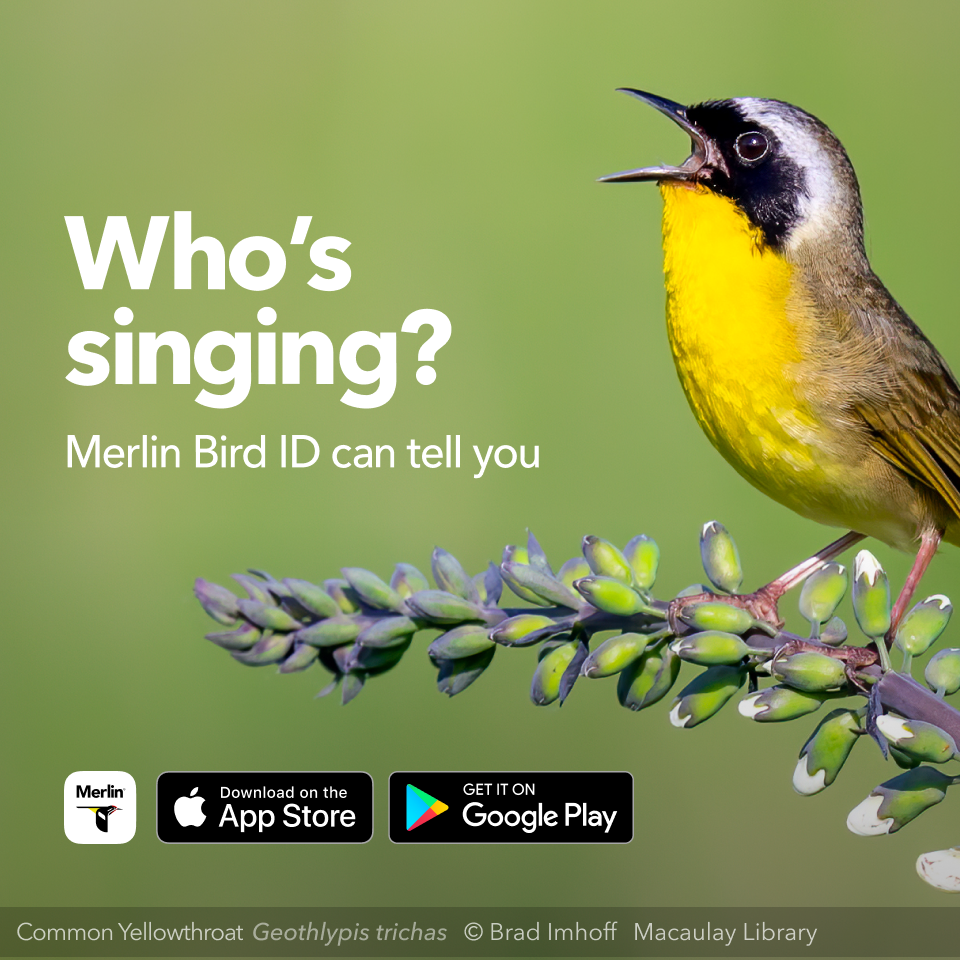- ORDER: Cuculiformes
- FAMILY: Cuculidae
Basic Description
Yellow-billed Cuckoos are slender, long-tailed birds that manage to stay well hidden in deciduous woodlands. They usually sit stock still, even hunching their shoulders to conceal their crisp white underparts, as they hunt for large caterpillars. Bold white spots on the tail’s underside are often the most visible feature on a shaded perch. Fortunately, their drawn-out, knocking call is very distinctive. Yellow-billed Cuckoos are fairly common in the East but have become rare in the West in the last half-century.
More ID InfoFind This Bird
Yellow-billed Cuckoos are fairly easy to hear but hard to spot. In summer, start by looking in areas of deciduous forest for infestations of tent caterpillars, as well as outbreaks of cicadas or other large arthropods. Listen for the species’ distinctive, knocking call, which can be given at any time, night or day. Later in summer, listen more for their dove-like cooing, as they give their knocking call much less frequently. The species is virtually silent by day during migration, so watch for their distinctive long, slim shape and rapid and fluid wingbeats as they cross over open patches below treetop level on their way from one woodlot to another. In fall, areas with fall webworm infestations often support Yellow-billed Cuckoos.
Other Names
- Cuclillo Piquigualdo (Spanish)
- Coulicou à bec jaune (French)
- Cool Facts
- Yellow-billed Cuckoos are among the few bird species able to eat hairy caterpillars. In the East, they eat large numbers of tent caterpillars—as many as 100 in one sitting.
- Yellow-Billed Cuckoos don’t lay their eggs all at once: the period between one egg to the next can stretch to as long as five days. This “asynchronous” egg laying means the oldest chick can be close to leaving the nest when the youngest is just hatching. When food is in short supply the male may remove the youngest bird from the nest, though unlike their relative the Greater Roadrunner, they don’t feed them to the older siblings.
- If threatened, nesting pairs of Yellow-billed Cuckoos will react with a “distraction display” designed to lure potential predators away from the nest site. While one bird remains on the nest, the other hops to a visible perch, opening its wings and pumping its tail up and down. In open nesting areas, a bird flushed from the nest flutters away in a slow, wavering flight, flashing its rufous wing patches and white tail spots.
- Yellow-Billed Cuckoos have a primal-sounding, croaking call that they often give in response to loud noises. Their tendency to call at the sound of thunder has led to their colloquial name, the “rain crow.”
- Yellow-billed Cuckoos sometimes lay their eggs in other birds’ nests—although they don’t do this nearly as often as the Common Cuckoo of Eurasia, which made the behavior famous. When outbreaks of cicadas, tent caterpillars, spongy moths (formerly gypsy moths), and other prey create an abundant food supply, Yellow-billed Cuckoos sometimes lay eggs in nests of other cuckoos as well as in those of American Robins, Gray Catbirds, and Wood Thrushes.
- Both parents build the nest, incubate the eggs, and brood the nestlings. They incubate and brood equally during the day, but the male takes the night shift. The male brings nest material every time he comes to the nest to take his turn. The female usually takes the offering and works it into the nest.
- Yellow-billed Cuckoos have one of the shortest nesting cycles of any bird species. From the start of incubation to fledging can take as little as 17 days. Although born naked, the young birds develop quickly; within a week of hatching the chicks are fully feathered and ready to leave the nest.
- The oldest known Yellow-billed Cuckoo was at least 5 years old when it was found in Tennessee in 1964. It was originally banded in Florida in 1960.


